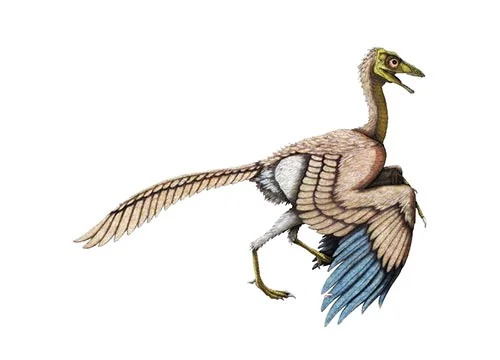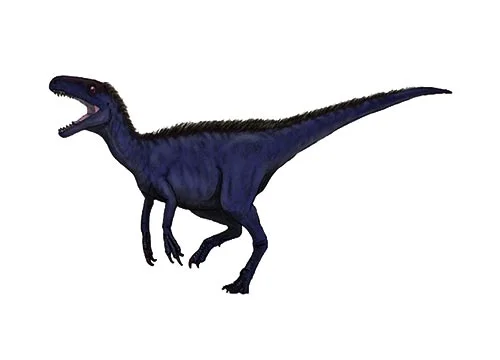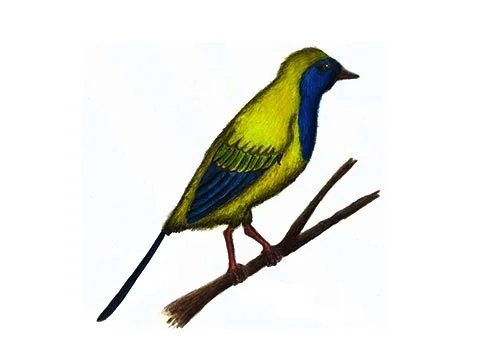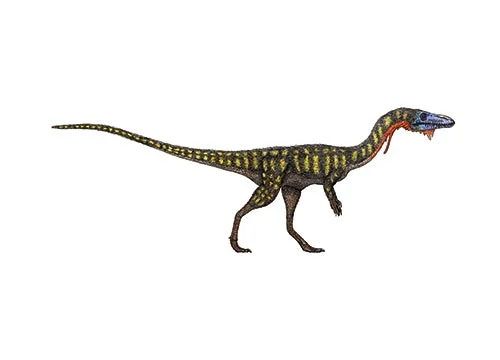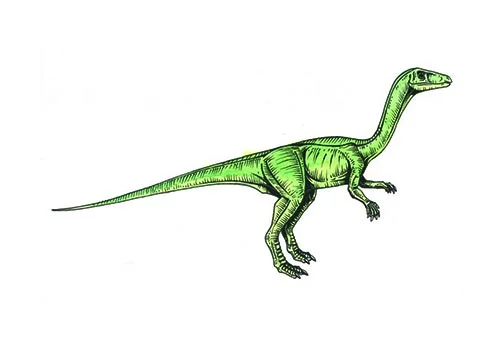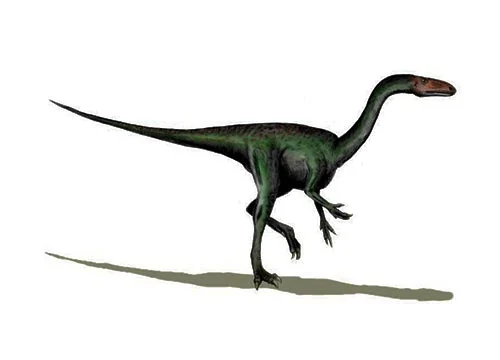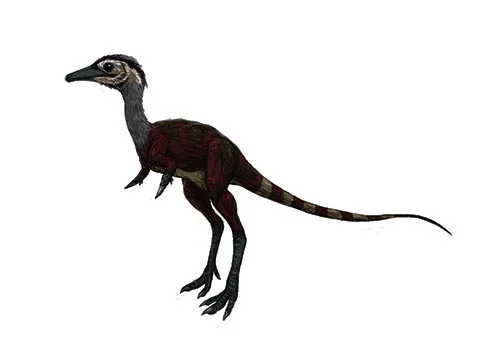Insectivore Dinosaurs
Insectivorous dinosaurs were a diverse group of theropod dinosaurs that were specialized for feeding on insects and other small invertebrates during the Mesozoic Era. These dinosaurs were found in many different groups, and evolved a variety of adaptations for catching and consuming their prey.
Some of the most well-known insectivorous dinosaurs include:
Compsognathids – Compsognathids were small, agile theropods that lived during the Late Jurassic period. They had long, slender jaws and sharp teeth that were well-suited for catching and consuming insects and other small prey.
Alvarezsaurids – Alvarezsaurids were a group of small, bird-like theropods that were characterized by their short, powerful arms, which had a single large claw that may have been used for breaking open termite mounds or other insect nests.
Oviraptorosaurs – Oviraptorosaurs were a group of theropods that were found throughout the Cretaceous period. They had beaks that were well-suited for cracking open eggs, and may have also fed on insects and other small prey.
Troodontids – Troodontids were small, bird-like theropods that were characterized by their large brains and complex cognitive abilities. They had sharp teeth and may have fed on insects, small vertebrates, and even plants.
Insectivorous dinosaurs evolved a variety of adaptations for catching and consuming their prey. These adaptations included sharp teeth, long, slender jaws, and powerful arms with specialized claws. Some insectivorous dinosaurs also had complex cognitive abilities, which may have helped them to find and catch their prey more effectively.
Despite their success, however, many insectivorous dinosaurs eventually went extinct, possibly due to changes in their environments or competition with other predators. Today, their descendants can be seen in the form of birds, which are thought to have evolved from small, feathered theropod dinosaurs that lived during the Late Cretaceous period. Although they are now much smaller and less specialized than their ancestors, birds still retain many of the adaptations that made their insectivorous dinosaur ancestors such successful predators of small invertebrates.


